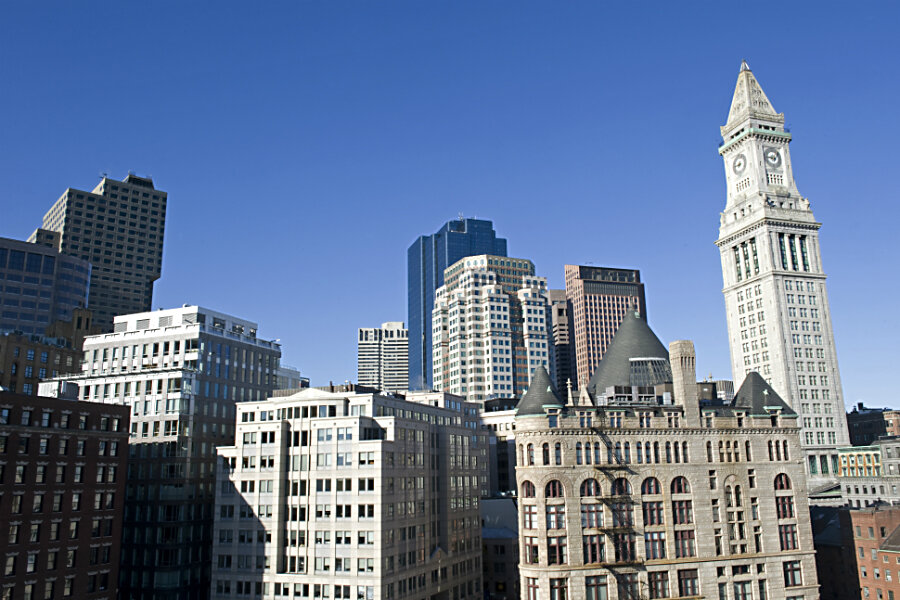How plants can ease hot temperatures in cities
Loading...
If you live in a city that gets hot, try surrounding yourself with lots of plants and trees.
It turns out that when it comes to cities the presence of asphalt, concrete, buildings, and other so-called solid surfaces are disrupting the natural cooling effect provided by vegetation, according to a new study.
Scientists have however long known that temperatures can be as much as 1.8 to 5.4 degrees Fahrenheit warmer in urban areas than surrounding vegetated areas – this is known as the "urban heat island" effect. But what has been less understood is cooling effect of vegetation.
A team led by Lahouari Bounoua, a research scientist at NASA's Goddard Space Flight Center in Greenbelt, Md., used multiple satellite observations of urban areas and their surroundings across the US, and then combined these data into a model to recreate the interaction between vegetation, urbanization, and the atmosphere.
"This has nothing to do with greenhouse gas emissions. It's in addition to the greenhouse gas effect. This is the land use component only," said Mr. Bounoua in a news release.
The scientists also measured the way that vegetation within existing urban areas – along roads, in parks, and in forested neighborhoods – helps to regulate the urban heating effect.
"Everybody thinks, 'urban heat island, things heat up.' But it's not as simple as that. The amount and type of vegetation plays a big role in how much the urbanization changes the temperature," said research scientist and co-author Kurtis Thome of Goddard.
The findings published in the journal Environmental Research Letters state that urban heat island effect occurs primarily during the day when impervious urban surfaces absorb more solar radiation than the surrounding vegetated areas, resulting in a few degrees temperature difference.
The researchers actually found that averaged over the continental United States, areas covered in part by solid surfaces had a summer temperature 1.9 degrees celsius higher than the surrounding rural areas. In winter, the difference was 1.5 degrees celsius higher.
According to the paper, the Northeast I-95 corridor, Baltimore-Washington, Atlanta and the I-85 corridor in the southeast, and the major cities and roads of the Midwest and West Coast show the highest urban temperatures relative to their surrounding rural areas. Smaller cities have less pronounced increases in temperature compared to the surrounding areas.
The paper also determined that, in cities like Phoenix built in the desert, the urban area actually has a cooling effect because of irrigated lawns and trees that wouldn't be there without the city.
"Anywhere in the US small cities generate less heat than mega-cities," Bounoua said. The reason is the effect vegetation has on keeping a lid on rising temperatures.
To help city planners in the future mitigate some of the heating effects, Thome recommended cultivating a better understanding of the tradeoffs between urban surfaces and vegetation.
"Urbanization is a good thing," said Bounoua. "It brings a lot of people together in a small area. Share the road, share the work, share the building. But we could probably do it a little bit better."





